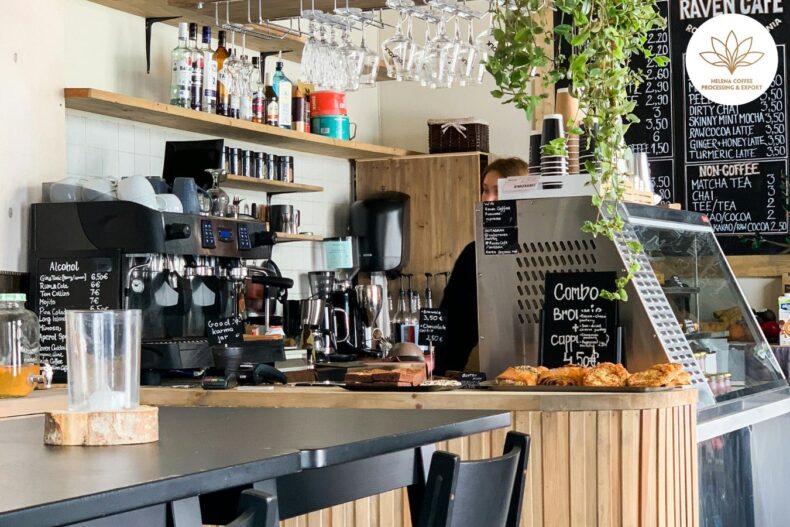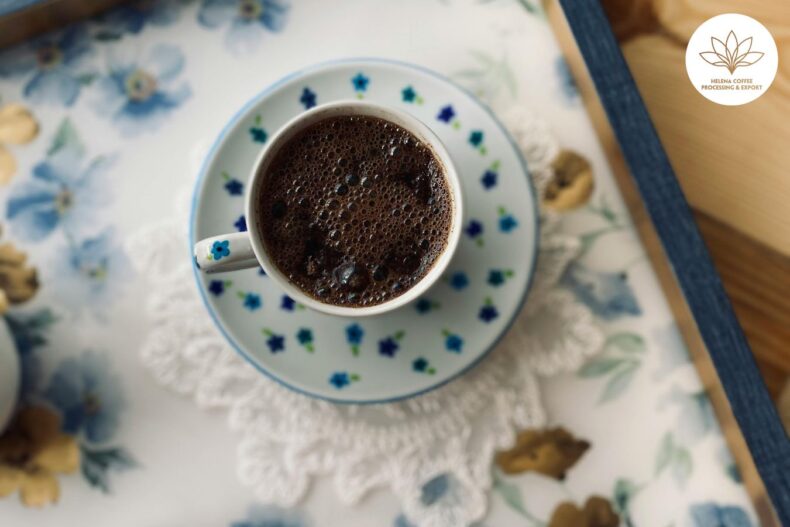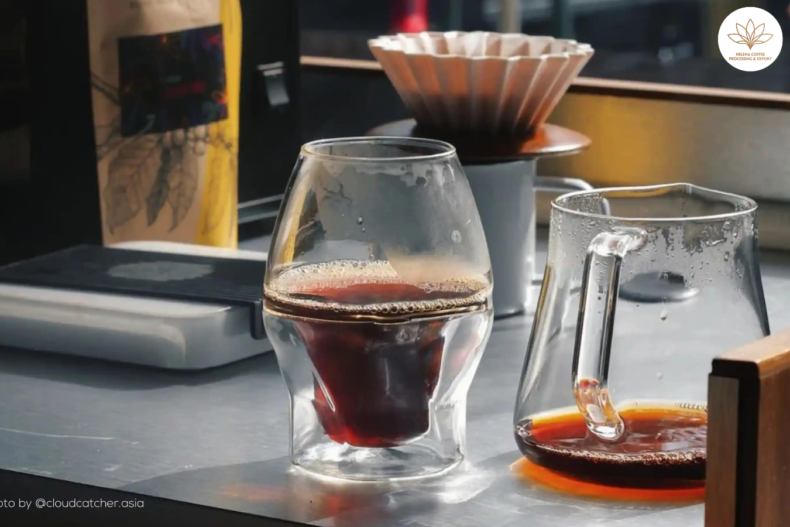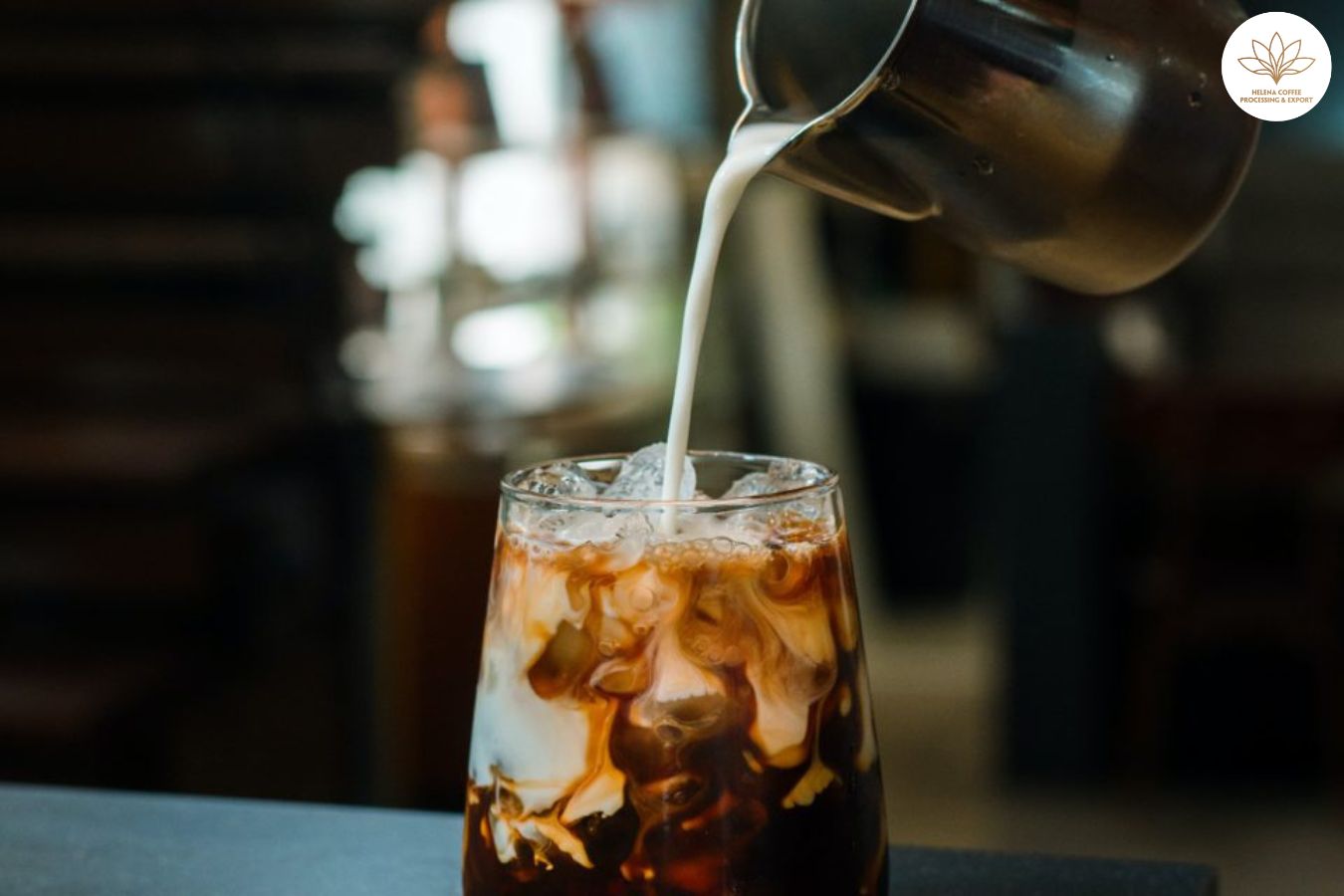
The cold brew phenomenon has taken the coffee world by storm, with its popularity extending to every corner of the globe. Research from Technavio forecasts that the cold brew market’s value will swell by nearly US $440 million by 2027, underscoring the drink’s escalating appeal.
Concurrent with this trend is a spike in the curiosity around cold brew extraction techniques and their effect on flavor dynamics. Significant in this realm is a study from 2022 that examines the role of brewing temperature in shaping taste profiles in full immersion brewing, cold brew included. This investigation, a collaborative endeavor with the Specialty Coffee Association’s Coffee Science Foundation, Toddy, and the University of California Davis (UC Davis), revealed that cold brew tends to be more floral and less bitter, sour, and rubbery than its hot brewed equivalent.
The insights from this research are provocative, posing the question of how such data might refine brewing practices, particularly within the coffee shop environment. To probe the practical ramifications, I sought the perspectives of Dr. Mackenzie Batali and Randy Anderson. Continue reading to delve into the actionable outcomes of their findings for the coffee industry.
The Ascendancy of Cold Brew Coffee
To contextualize the study on brew temperature and its influence on coffee’s sensory attributes, we must first explore the factors behind cold brew’s soaring popularity.
Originating in the 1600s with Japanese sailors who brewed coffee cold to avoid fire risks at sea, cold brew has seen a meteoric rise in modern times. It now ranks as the third most favored coffee preparation method in the United States, trailing only behind drip coffee and single-serve brews.
So, what drives the cold brew craze, particularly among the younger crowd? The reasons are manifold, but a standout is the distinctive flavor profile of cold brew. It tends to be sweeter, smoother, and less acidic compared to its hot-brewed counterpart, traits that resonate with the taste preferences of millennials and Gen Zers who often seek out healthier drink options.
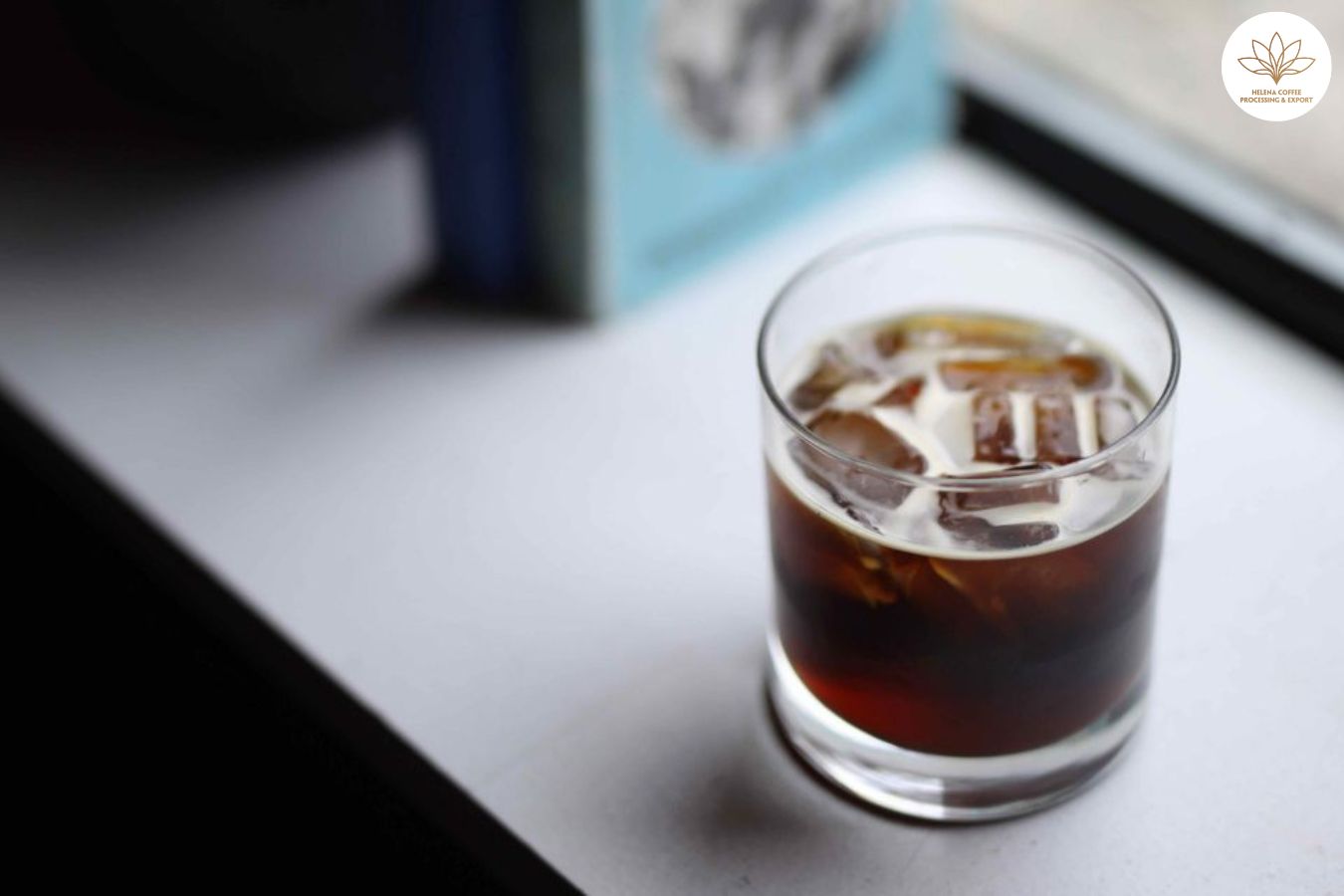
In addition to its palatable flavor, the convenience of ready-to-drink cold brew—offered in cans and bottles—aligns perfectly with the on-the-go lifestyle of today’s younger consumers who don’t want to compromise on the quality of their coffee.
Moreover, the appeal of cold brew naturally intensifies during the warmer seasons. As temperatures climb, the inclination towards hot coffee wanes, making cold brew an especially refreshing choice in hotter climates.
Unveiling the Insights from Recent Coffee Studies
In a groundbreaking release, the Specialty Coffee Association (SCA) shared the findings from its Cold Brew Extraction research in November 2022.
The research highlighted four main sensory attributes that showed considerable variation with changes in brew temperature: bitterness, sourness, rubber-like flavor, and floral notes. Hot brewed coffee exhibited elevated levels of bitterness, sourness, and the rubber-like flavor, whereas cold brew was distinguished by a heightened floral quality.
The study further recognized that other sensory elements—such as fruity, woody, and smoky notes—were also significantly influenced by the temperature of brewing, and these effects varied depending on the coffee’s origin and roast profile.
Dr. Mackenzie Batali, equipped with a PhD in Food Science and Technology from UC Davis and serving as a Food Scientist at Minus Coffee, spearheaded the research team’s efforts. Dr. Batali walked me through the meticulous process of their study.
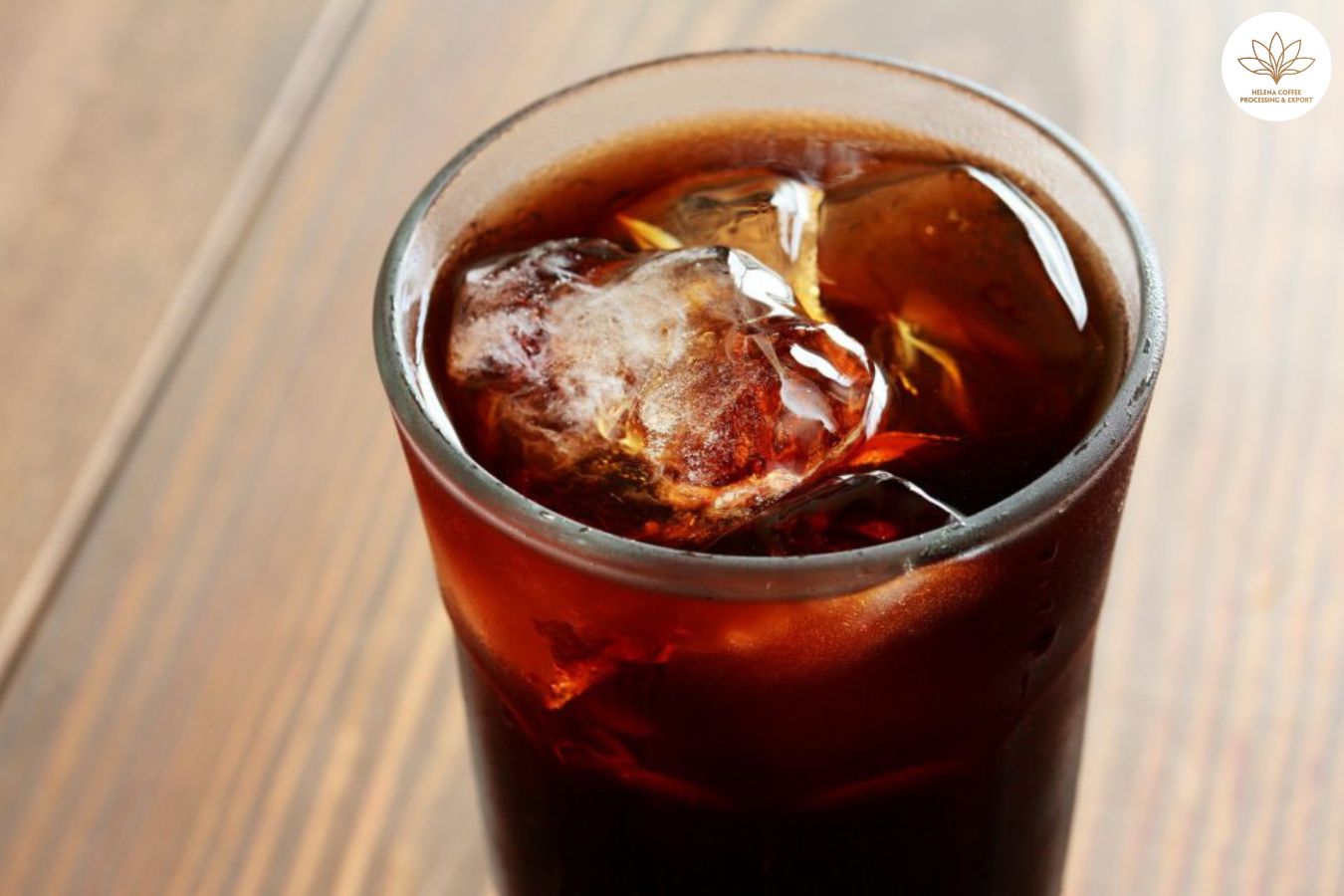
The research incorporated three diverse coffees, each representing distinct origins and processing techniques:
- A honey-processed blend of Bourbon, Pacamara, Sarchimor, Pacas, Catuai, and Caturra from El Salvador.
- Washed organic heirloom varieties from Guji, Ethiopia.
- Wet-hulled, Fairtrade-certified organic Catimor, Tim Tim, and Abyssinia from Takengon, Sumatra.
Each coffee underwent roasting to light, medium, and dark profiles and was allowed to degas for a week. They were then vacuum-sealed and frozen at -20°C (-4°F), to be later thawed a day before extraction. Brewing temperatures were set at 4°C, 22°C, and 92°C (39.2°F, 71.6°F, and 197.6°F).
For the brewing process, the team employed Toddy Cupping Kits and paper filters, maintaining a consistent coffee-to-water ratio of 100g to 500g with purified water. The Total Dissolved Solids (TDS) were measured at 53 ppm.
Interpreting the Data
Significant differences in the four sensory attributes mentioned were observed across all three coffee origins and roast levels at varying temperatures.
For example, irrespective of the roast, the washed Ethiopian beans developed a “more burnt” taste at 92°C, whereas at 4°C, the brew was notably fruitier.
Dr. Batali emphasized, “Our findings confirm that brewing variables play a crucial role, yet the coffee’s origin and roast profile predominantly shape the flavor profile.”
Their investigation supported the initial supposition that roast profiles and origins respond uniquely to brew temperature. “Particularly with Ethiopian coffee, colder temperatures accentuated the floral and fruity characteristics,” Dr. Batali added.
An intriguing aspect of the study was the relationship between pH levels and the flavors perceived in cold brew.
“People perceived the coffee brewed at 4°C as less sour,” Dr. Batali observed. “Yet, this wasn’t paralleled by the pH readings.”
Dr. Batali indicated ongoing research to resolve these discrepancies, noting that a comprehensive chemical analysis would be required. “The sourness depends on which acids are present. Citric, malic, and acetic acids have a pronounced sour taste, but other acids like chlorogenic acids, while chemically acidic, are not as sour to the palate. Bitter compounds also play a role here,” they concluded.
Implementing Research Insights in Coffee Shops
The SCA’s study brings to light practical considerations for coffee shops, especially those specializing in cold brew. It reveals that fruity and floral notes are more discernible at cooler temperatures, and that the sensory nuances of coffee, like light roasts being more floral and sour, and dark roasts tending towards bitterness, are contingent upon the interplay of origin, roast profile, and brew temperature.
Origin dictates much of a coffee’s sensory profile. For instance, honey processed Salvadoran and washed Ethiopian coffees typically possessed heightened sour and fruity notes compared to the more vegetal and nutty nuances of wet-hulled Sumatran beans. Yet, these distinctions are also influenced by roasting and brewing conditions.
The research underscores how interconnected the attributes of coffee are; the overall flavor is shaped by a synergy between origin, roast, and temperature.
For specialty coffee establishments, this means that choosing a lighter roast can enhance the fruity and floral characteristics desirable in cold brews. But beyond this, the research presents tangible operational implications, especially with regards to cold brew preparation and adherence to health and safety standards.
Health & Safety Protocols for Cold Brew Preparation
Randy Anderson, a seasoned consultant in the cold brew niche, prioritizes compliance with health and safety regulations for his clients. He points out that some coffee businesses might overlook the food safety requirements specific to cold brew, such as sterilizing equipment, tracking batch samples, and having recall strategies ready.
“Cold brew is essentially a low-acid food product. Ignoring formal regulations can lead to significant health risks,” he cautions.
He highlights that, according to the US Food and Drug Administration, perishable food and beverages should not be kept above 5°C (41°F) for more than two hours. Notably, the cold brew in the study was extracted at 4°C, aligning with FDA guidelines.
“Basically, coffee shops and roasters should steep cold brew in refrigerated conditions,” Anderson advises.
Dr. Mackenzie Batali supports this view, emphasizing the importance of food safety practices in coffee shops. They note one of the hurdles in translating academic research to commercial practice is that the stringent control of conditions in studies doesn’t always mirror the dynamic environment of a coffee shop. Coffee business owners must consider this when applying research findings to their operations.
Studies such as this shed light on the intricate ways in which brewing variables — including temperature, bean origin, and roast profile — influence the flavor profile of coffee.
Yet, it is evident that additional research is required to fully unravel the complexities behind how these factors collectively shape the sensory characteristics of coffee. By deepening our understanding, coffee shops and brands could leverage this knowledge to enhance the quality and appeal of their offerings, thereby delivering greater value to consumers.
FAQS:
